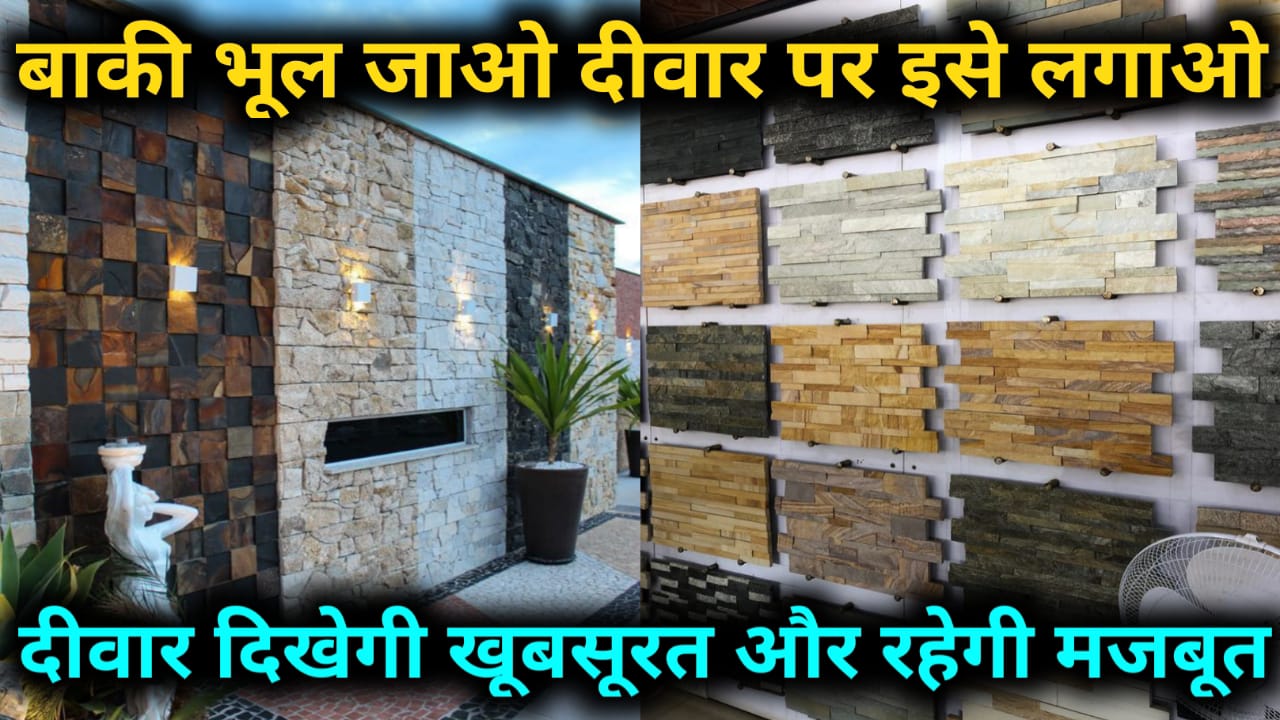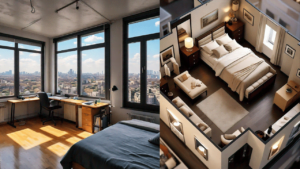Explore the advantages, types, installation methods, and maintenance of natural stone cladding. Learn how to enhance the beauty and durability of your building with sustainable stone cladding options
Advantages of Natural Stone Cladding
Aesthetic Appeal
Natural stone cladding adds a touch of elegance and sophistication to any building. The varying colors, textures, and patterns of natural stone create unique and captivating visual aesthetics.
Durability and Longevity
Natural stones are resistant to weathering, moisture, and other harsh environmental factors, making them a long-lasting choice for both exterior and interior applications.
Versatility
Natural stone cladding can be applied to various surfaces, including walls, columns, frontages, and fireplaces. This versatility allows architects and designers to create innovative designs.
Thermal Insulation
Many natural stones possess insulating properties, contributing to the energy efficiency of buildings. Stone cladding helps regulate indoor temperature, reducing energy consumption, especially in regions with extreme weather conditions.
Low Maintenance
Natural stone cladding requires minimal maintenance. Regular cleaning with water and occasional sealing are usually sufficient to maintain its appearance and integrity.
For best stone look you should consider PU stone wall panel for more click here
Types of Natural Stones Used for Cladding
Granite
Granite is a popular choice for exterior cladding due to its resistance to scratches, stains, and heat, making it suitable for high-traffic areas.
Marble
With its elegant appearance, marble adds a touch of luxury to interiors, though it may require more maintenance compared to other stones due to its susceptibility to staining and scratching.
Limestone
Limestone offers a softer appearance and is available in various shades. It is often used for both exterior and interior cladding.
Slate
Featuring a rustic and textured surface, slate is commonly used for cladding due to its resistance to water and weathering, adding a natural and earthy feel to buildings.
Sandstone
Sandstone’s rich colors and textures make it a favorite for both contemporary and traditional designs. It is relatively easy to work with, making it suit able for intricate designs
Types of Natural Stone Cladding
Stacked Stone Cladding
This style involves stacking irregularly shaped stones on top of one another to create a rustic and textured look, often used for accent walls, fireplaces, and exterior frontages.
Panelized Stone Cladding
In this method, larger stone panels are used, often with a consistent pattern, providing a more uniform appearance, suitable for both modern and traditional designs.
Rubble Stone Cladding
This type uses rough, uncut stones that are fitted together like a jigsaw puzzle, imparting a natural, organic feel to the building.
Brick Veneer
While not entirely natural stone, brick veneer is a popular cladding option that mimics the appearance of natural stone, offering a timeless and classic look.
Installation Process of Natural Stone Cladding
Once the stones are in place, the gaps between them are filled with grout to provide stability and create a seamless appearance.
Surface Preparation
The surface to be clad needs to be thoroughly cleaned and free of dust, dirt, and grease, with any loose or uneven parts repaired or smoothed out.
Adhesive Application
A suitable adhesive or mortar is applied to both the back of the stone and the prepared surface, ensuring a secure bond between the stone and the building.
Stone Placement
Stones are placed onto the adhesive, starting from the bottom and working upwards. Spacers or shims may be used to ensure uniform spacing between stones.
Grouting
Once the stones are in place, the gaps between them are filled with grout to provide stability and create a seamless appearance.
for some new stone cladding designs click here
Installation Methods of Natural Stone Cladding
Mechanical Fixing
Stones are attached to the building’s structure using mechanical fixtures such as anchors, brackets, and clamps, allowing for flexibility in adjusting the stone’s position and alignment.
Adhesive Fixing
Adhesive or mortar is used to bond the natural stone to the building’s substrate, providing a seamless appearance but requiring careful surface preparation and proper adhesive selection.
Dry Cladding
Dry cladding involves attaching stone panels to a frame or substructure that is separate from the building’s main structure, offering ease of installation and allowing for ventilation behind the stone panels.
Maintenance of Natural Stone Cladding
Regular Cleaning
Depending on the location and exposure, periodic cleaning with water and a mild detergent can help maintain the stone’s appearance.
Sealing
Natural stones are porous and can absorb moisture and stains. Applying a stone sealer can prevent this and extend the lifespan of the cladding.
Inspection
Regularly inspect the cladding for any signs of damage or loose stones. Prompt repairs can prevent larger issues from developing.
Sustainability Considerations for Natural Stone Cladding
Natural Resource Use
Natural stone is a non-renewable resource, but opting for locally sourced stone reduces the environmental impact associated with transportation.
Energy Consumption
The extraction, processing, and transportation of natural stone consume energy, but using efficient quarrying and production practices can mitigate this impact.
Durability
The longevity of natural stone cladding reduces the need for frequent replacements, conserving resources in the long run.
Recyclability
Natural stone can be repurposed or recycled for other applications at the end of its lifespan, contributing to sustainability.
Conclusion
Natural stone cladding is a versatile and aesthetically pleasing technique that enhances the beauty and durability of buildings. By understanding the advantages, types, installation processes, maintenance requirements, and sustainability aspects, you can make informed decisions to create stunning structures that stand the test of time.





